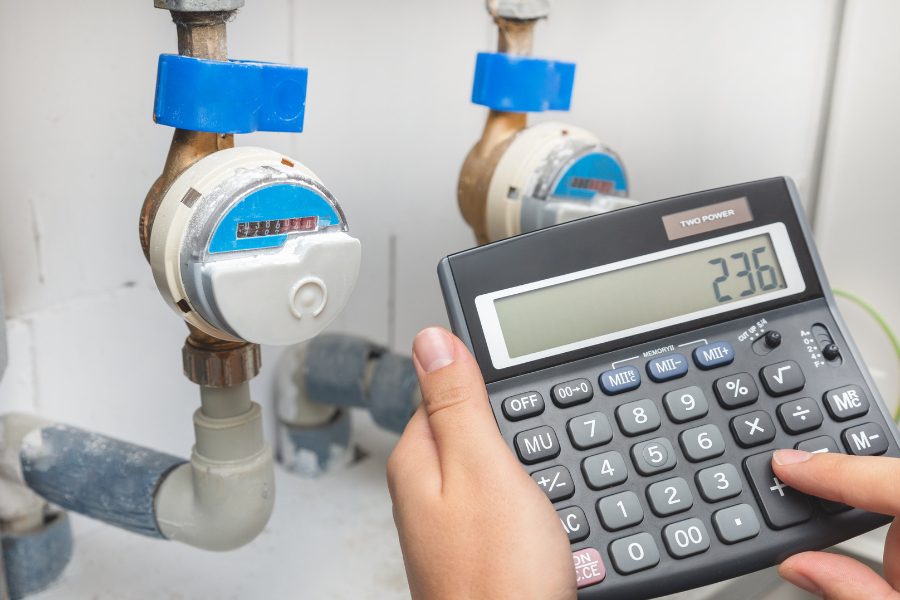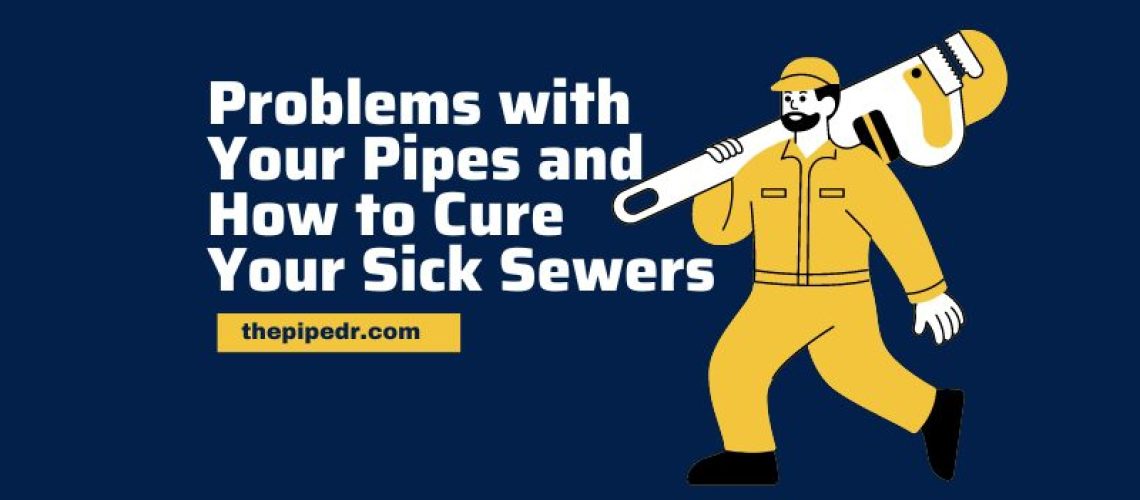You can find issues with your drainage in various forms. Clogged drains can be the result of several poor practices that show up in various parts of your property. In fact, this is the most common plumbing problem people encounter. Poor drainage leads to inconveniences such as: slow water drainage, foul odors, and even water damage if left untreated. Understanding the common culprits behind drain clogs and adopting effective solutions and practices can save you from unnecessary frustration and costly repairs.
“I noticed that my kitchen sink takes a while to drain after doing dishes, what might have caused this?”

Answer: The kitchen sink is susceptible to blockages, often caused by food residue, especially when mixed with cooking grease and oil.
Over time, these residues and oils accumulate in the pipes, leading to blockages. In order to reduce this annoyance, use a sink strainer to reduce the larger-sized food debris from building up, and avoid pouring cooking oil or grease into the drain. Instead, you can pour it into a cup receptacle made of aluminum foil, and once it cools, dispose of it in the trash. If the problem persists, there is a chance the pitch of the pipe underneath the sink is not at the correct angle. Call a professional if the above does not seem to resolve the problem, it might be a structural issue.
“What can I put down my garbage disposal?”
Answer: Food that is safe to run through the garbage disposal includes: egg shells, cooked carrots, peas, mashed potatoes, and other small bits of soft materials. What to avoid is hard materials, such as coffee grounds and bones.
“I have been having trouble with flushing my toilet, do I need to replace it?”
Answer: Not necessarily. A common issue that leads to this is flushing non-flushable items into the toilet. This includes items such as wet wipes, cotton balls, and feminine hygiene products. None of these items dissolve in water like toilet paper, and you should not dispose of them in your sewer system. Instead, keep a waste bin in the bathroom, and educate all household members to only flush toilet paper, everything else should go in the waste bin.
“Why does my toilet keep flushing on its own?”
Answer: When you have a leaky toilet, that leads to an increase in your water bill because there is no regulation to water usage. And toilets typically use 1.28 to 1.6 gallons of water per flush, so if it continually does it on its own that can add up very quickly! A leaky toilet can waste up to 200 gallons of water in one day. A common issue that leads to this is a worn-out flapper in the toilet’s flushing mechanism. When this flap does not close as it should, water can escape and prevent the float ball trigger from stopping the water flow because the water never reaches the fill line. A professional plumber can fix this.
“Why is my water bill so high?”
Answer: A spike in your water bill can be caused by many things aside from a leaky toilet. Other sources of leaks can be issues with your pipes, such as cracks, that cause water to escape your sewer system. Old and outdated fixtures within the property tend to leak over time and would have to be replaced. For example, a leaky faucet can waste up to 3,000 gallons in one year. Older appliances are not as efficient as modern ones, so if you have older appliances or fixtures it may be time for an upgrade.

Regardless of the severity of the problem, it is best to consult with a professional to determine the sources of the leakage, and drainage repairs would have to be done in order to resolve the issue. In these cases, trenchless sewer repair is an effective way to fix the problem and save you money in the long run.
Related Articles:
- Everything to Know About Trenchless Sewer Repair
- What is Trenchless Sewer Repair?
- What You Need to Know About Trenchless Sewer Repair Cost
“Why does my bathtub take a long time to drain?”
Answer: The most common causes of buildup leading to slow drainage in your bathtub is hair and bathing products.
In this case, you can remove debris and hair from the drain using a plumbing snake or a sink plunger. It’s advisable to perform this practice periodically to prevent the buildup from worsening. Sometimes chemical drain cleaners can be effective, but be wary of this as they tend to use harsh chemicals that can erode your pipes.
Instead, try a mixture of baking soda and vinegar to break down the blockage. This solution is environmentally friendly, and not harmful to your skin. The reason this works is that when you combine vinegar and baking soda, you achieve a foaming reaction when you mix the two in equal parts. After doing this you will see a foaming reaction as the pipes are getting cleaned up. In about 10 minutes you should be able to flush everything in the drain with boiling water. If you still find that you’re having a problem with this, call the professionals to assess the situation. With difficult clogs, hydro jetting is a cost-effective solution!
If you are in need of hydro jetting services, you may call us at (206) 676-2192 or email us at thepipedr@gmail.com.
“There is a foul smell coming from the shower, what can I do to fix it?”
Answer: When you can detect sewage odors in your home, showers, or toilets, there are several possible causes of this. When you can smell sewer gas, that may be from clogged drains, dry or loose plumbing and pipes, and even cracked pipes that fail to contain wastewater. Clogged drains in your shower or toilet block the waste from being flushed into your sewer system, leading to the recurrence of those odors. Whatever the issue is, calling a professional to investigate the issue would be the best course of action.
If you find that any of these issues resonate with something you are dealing with sewer and drainage, give us a call at The Pipe Doctor. We offer our services 24/7 in case of an emergency, so you can rest assured that when you need us, the doctor is in!

